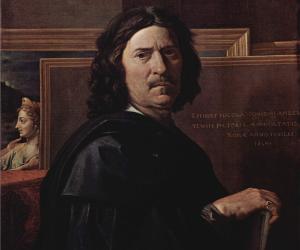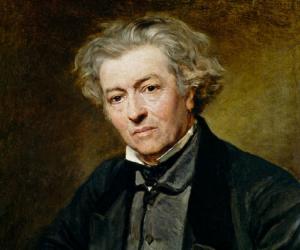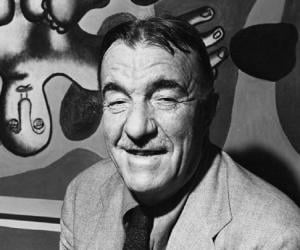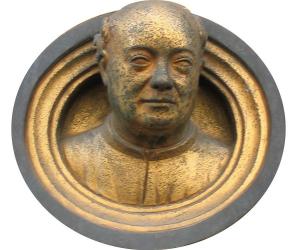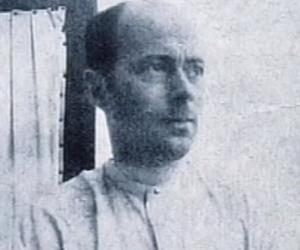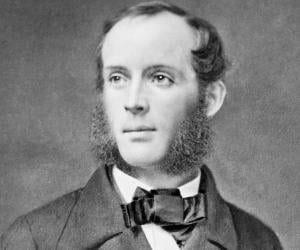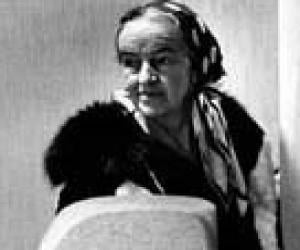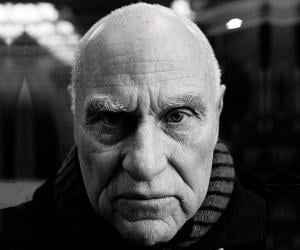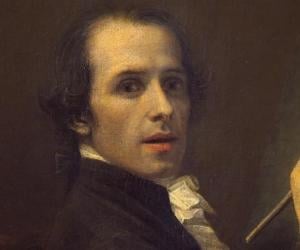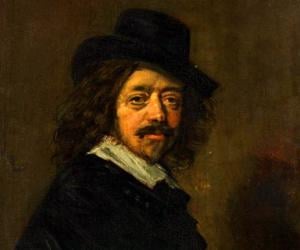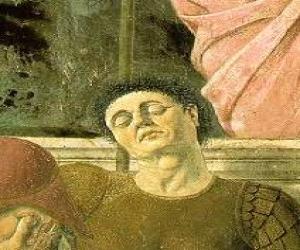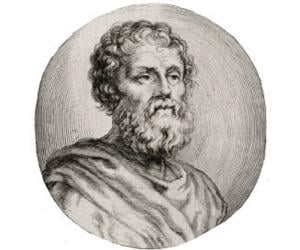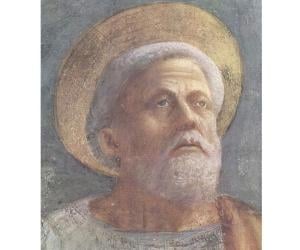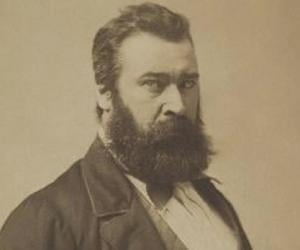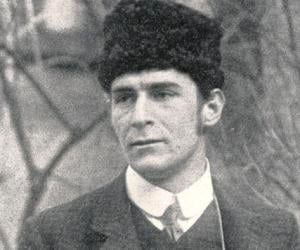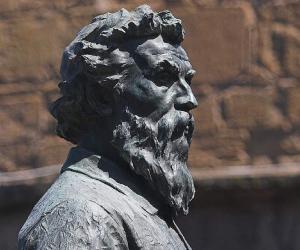Quick Facts
French Celebrities Born In June
Also Known As: Poussin, Nicolas
Died At Age: 71
Family:
father: Jean Poussin
Artists Baroque Painters
Died on: November 19, 1665
place of death: Rome
Childhood & Early Life
Nicolas Poussin was born in the town of Les Andelys in Normandy, in June 15, 1594.
His father, Jean Poussin, was a nobleman who served in the Tavanes division, under Kings Charles IX, Henry III, and Henry IV.
He was educated in Latin, letters and the sciences but always showed an inclination towards painting.
His early sketches caught the attention of a local painter, Quentin Varin who became Poussin’s first teacher.
In 1612, he went to Paris where he studied anatomy, architecture and perspective. At Paris, he also started taking tuitions under minor masters Geroges Lallemand and Ferdinand Elle.
During this period, he was introduced to the artistic productions of the Italian Renaissance. He was so impressed that he tried going to Rome twice, in 1619 and again in 1622.
Poussin’s luck changed when he met Giambattista Marino, the court poet to Mario de Medici at Lyon in 1622.
In March 1624, Marion helped him make an artistic pilgrimage to Rome.
Career
Marion had introduced Poussin to Marcello Sacchietti, a wealthy patron. In the mid 1620s, he also came in contact with Cardinal Francesco Barberini and his secretary Cassiano del Pozzo. All these individuals became patrons of Poussin.
In 1628, he created his early masterwork ‘The Death of Germanicus’ by utilizing Barberini’s commission.
Pozzo helped him in securing a commission for ‘The Martyrdom of St. Erasmus’ (1629), an altarpiece for St. Peter’s.
During the late 1620s and 1630s, he formulated his own style based on his studies of Titian’s ‘Bacchanals’ and the paintings of Domenichino and Guido Reni.
By 1632 Poussin was elected as a member of the Guild of St. Luke in Rome.
In 1635–36 he got a major commission from Cardinal Richelieu, first minister to Louis XIII for a series of bacchanals to decorate the cardinal’s estate.
In the late 1630s, he created the ‘Seven Sacraments’ for Philip IV, the king of Spain.
In 1638 he created one of his masterpieces, ‘The Israelites Gathering the Manna’ for Paul Fréart de Chantelou, his greatest patron.
In December 1640, upon his arrival to Paris, he was named First Painter to the King.
In the later years of 1640, he produced some of his greatest figure paintings like ‘Eliezer and Rebecca’, ‘The Holy Family on the Steps’, and ‘The Judgment of Solomon’.
Poussin went back to Rome in 1642 and six years later, finished the second series of ‘The Seven Sacraments’.
In 1649 he painted the ‘Vision of St Paul’ for the comic poet Paul Scarron, and in 1651 the ‘Holy Family’ for the duc de Créquy.
In 1649–50 he also painted two self-portraits in which he was dressed like the ancients.
Major Works
‘The Israelites Gathering the Manna’ (1638) is the most remarkable history painting of Poussin’s entire career and earned him the epithet of ‘painter-philosopher’. He intended the viewer to ‘read’ the painting because every brushstroke came together to create a drama.
‘The Seven Sacraments’ is another marvellous painting which depicts the rituals of the early Christian church.
Other notable works include ‘The song of Solomon’ and ‘The Holy Family on the Steps’, which have a splendour and finality that make them some of the best pieces of classical art.
Personal Life & Legacy
Nicolas Poussin married Anna Maria, the daughter of his compatriot Jacques Dughet in 1630.
The couple had no children. Poussin adopted is son-in-law Gaspard Dughet who later took the name of Poussin.
He suffered from ill health after 1650. His last paintings depict the artist’s preoccupation with death.
He was deeply affected by his wife’s death in 1665. He died on November 19, 1665 in Rome and was buried in the church of San Lorenzo in Luciana.
See more:


